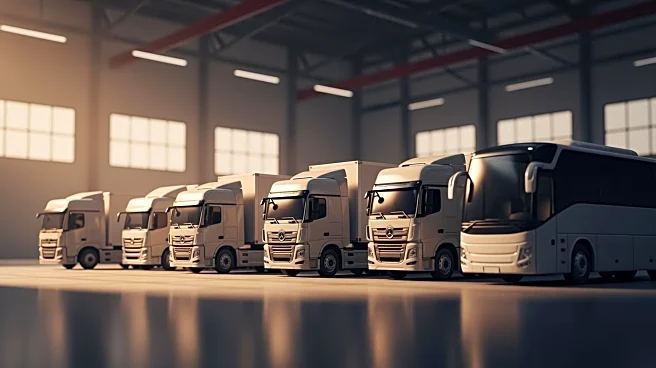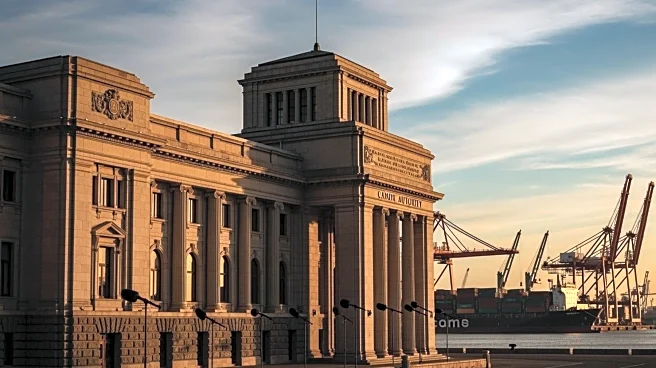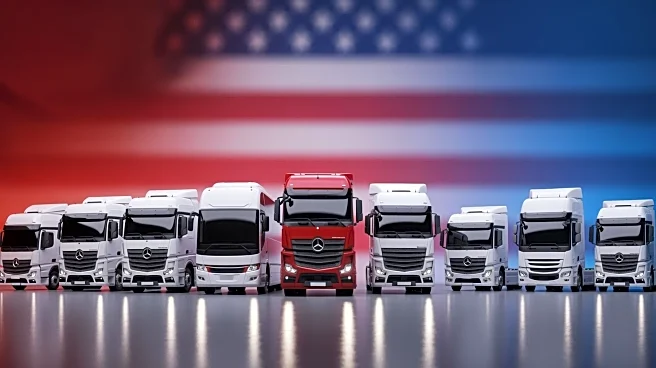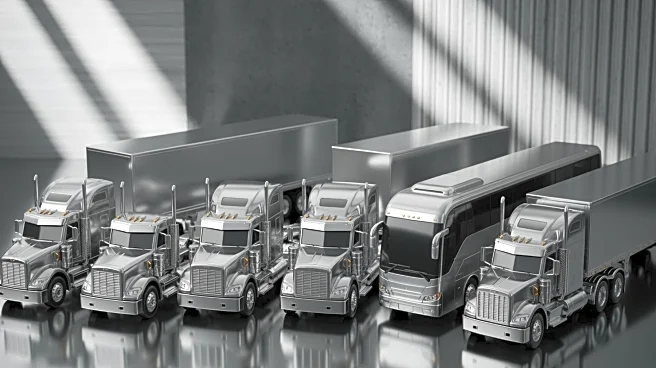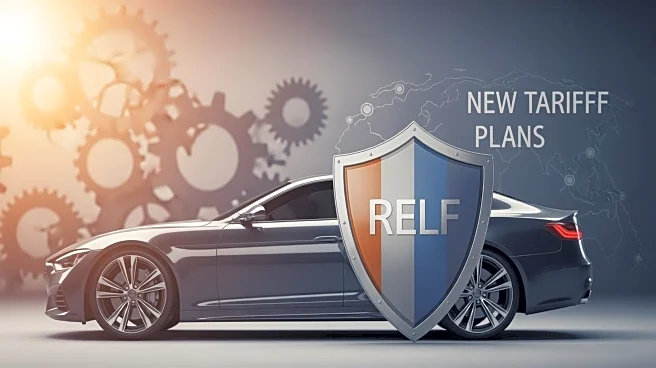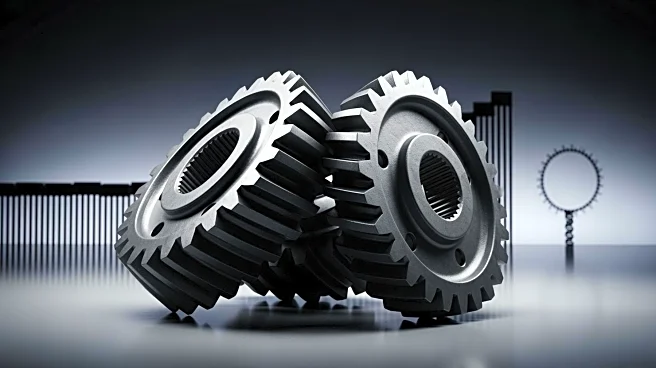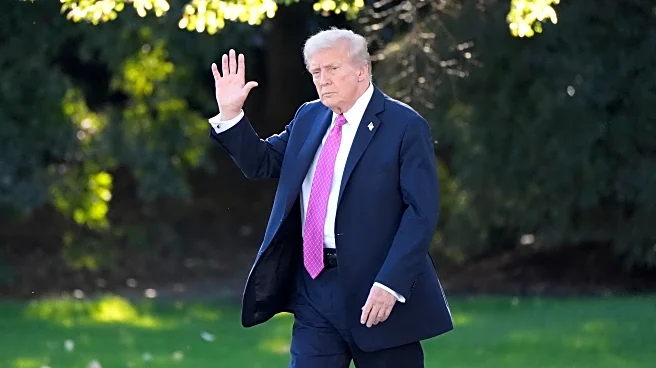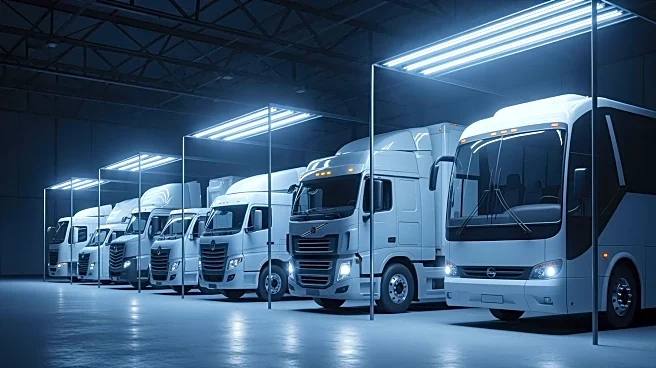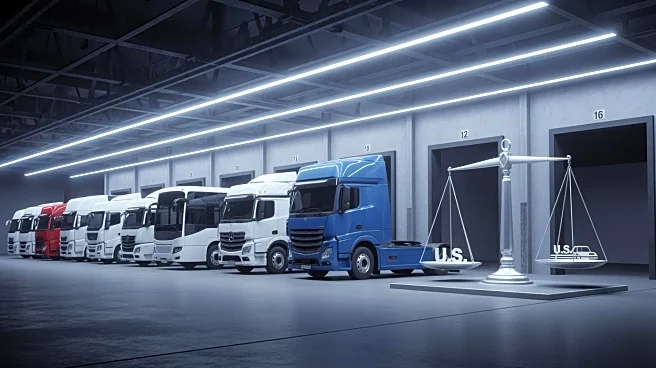What's Happening?
President Trump has signed a proclamation imposing a 25% tariff on imported medium- and heavy-duty trucks and a 10% tariff on imported buses, including school and city buses. This move is part of the administration's strategy to protect U.S. companies
from foreign competition and encourage domestic manufacturing. The tariffs also apply to parts used in these vehicles, with the aim of discouraging manufacturers from relying solely on foreign materials. To mitigate the impact on manufacturers, the administration will offer credits to those who import parts but assemble vehicles in the U.S., allowing them to offset some of the tariff costs. This initiative is designed to incentivize the use of American labor and materials in vehicle production.
Why It's Important?
The imposition of these tariffs is significant as it reflects the Trump administration's ongoing efforts to bolster American manufacturing and reduce dependency on foreign imports. By imposing tariffs, the administration aims to create a more competitive environment for U.S. manufacturers, potentially leading to increased domestic production and job creation. However, the tariffs could also lead to higher costs for manufacturers who rely on imported parts, potentially resulting in increased prices for consumers. The balance between protecting domestic industries and managing consumer costs is a critical aspect of this policy.
What's Next?
The tariffs are set to take effect on November 1, and their impact on the auto industry will be closely monitored. Manufacturers may need to adjust their supply chains and production strategies to accommodate the new tariffs. The administration's provision of credits for imported parts used in domestic assembly could influence how companies respond to these changes. Stakeholders, including automakers and industry groups, are likely to engage with policymakers to address any challenges arising from the tariffs.
